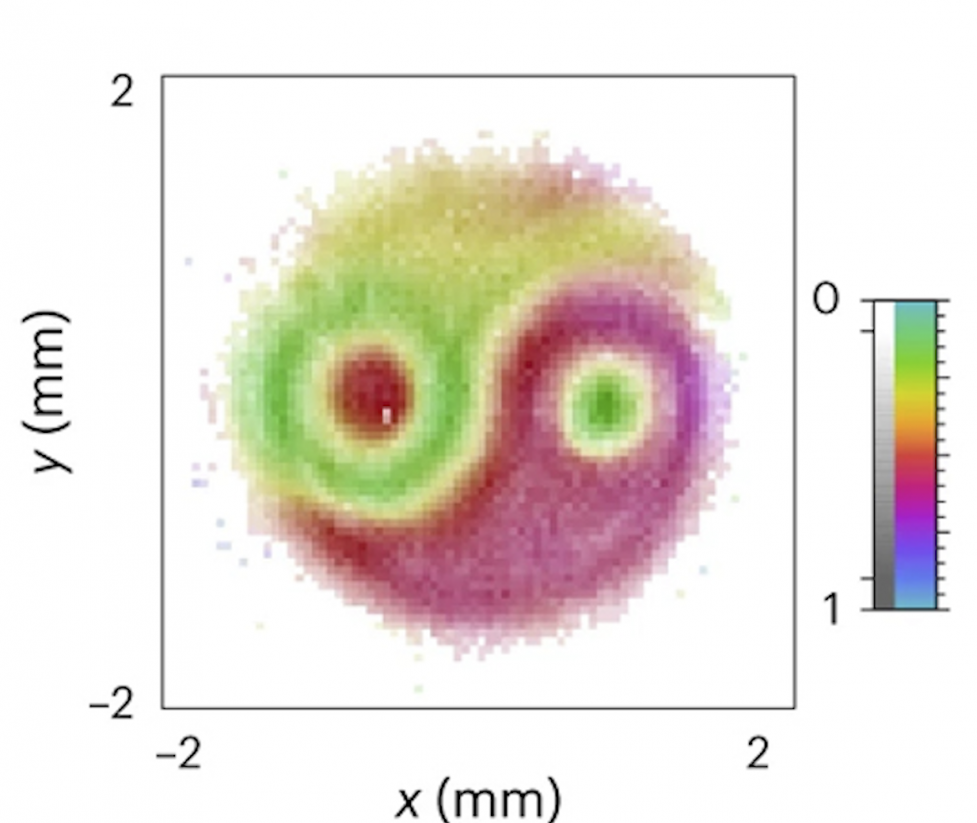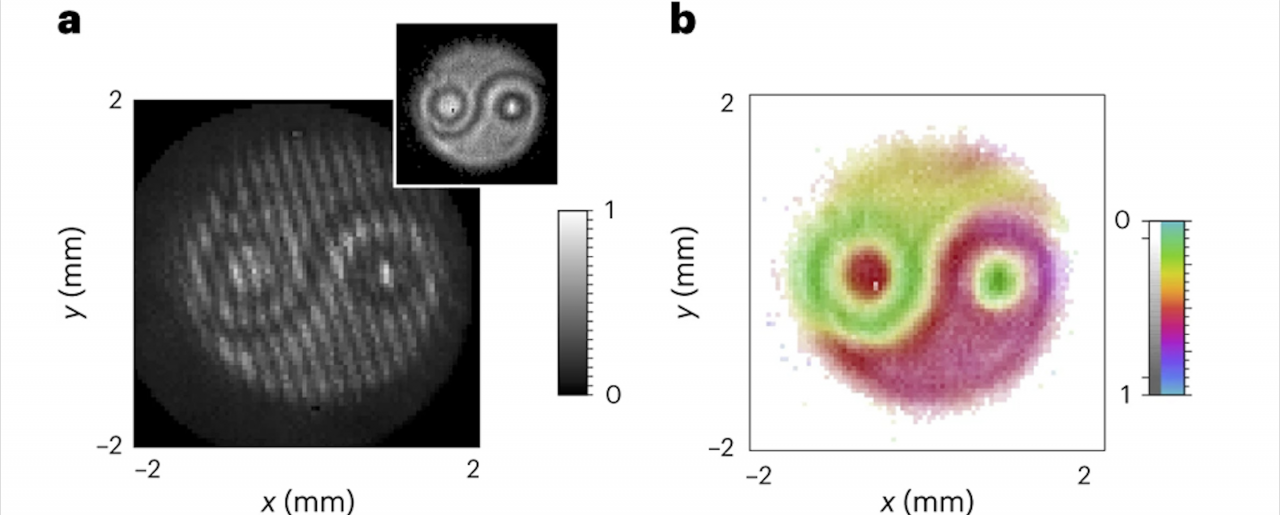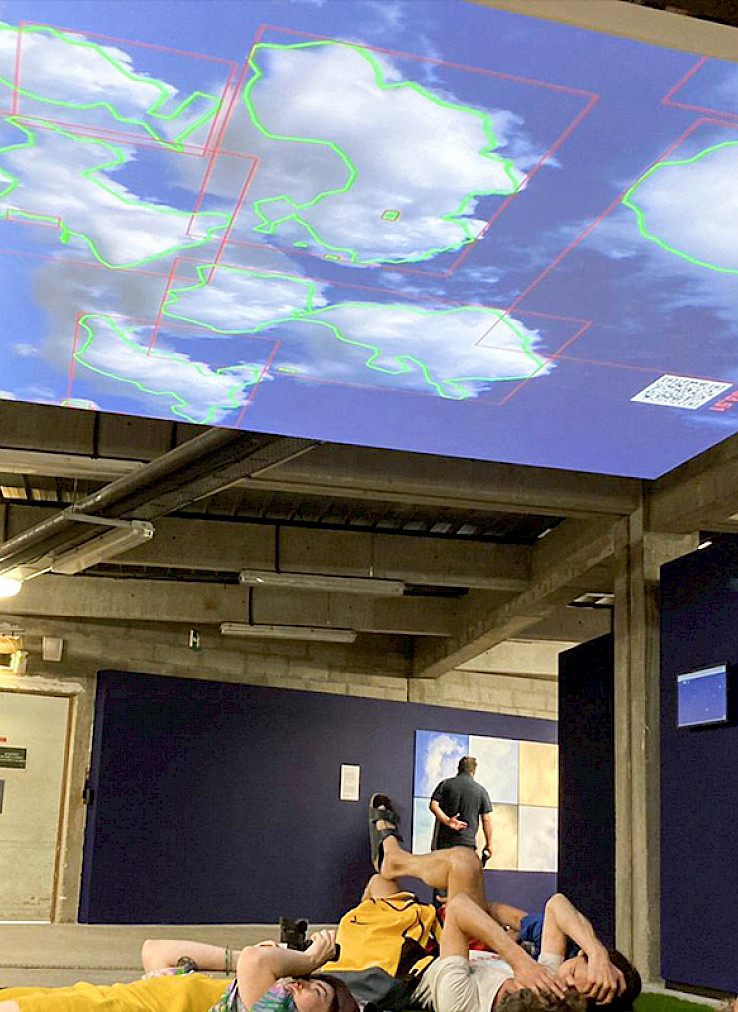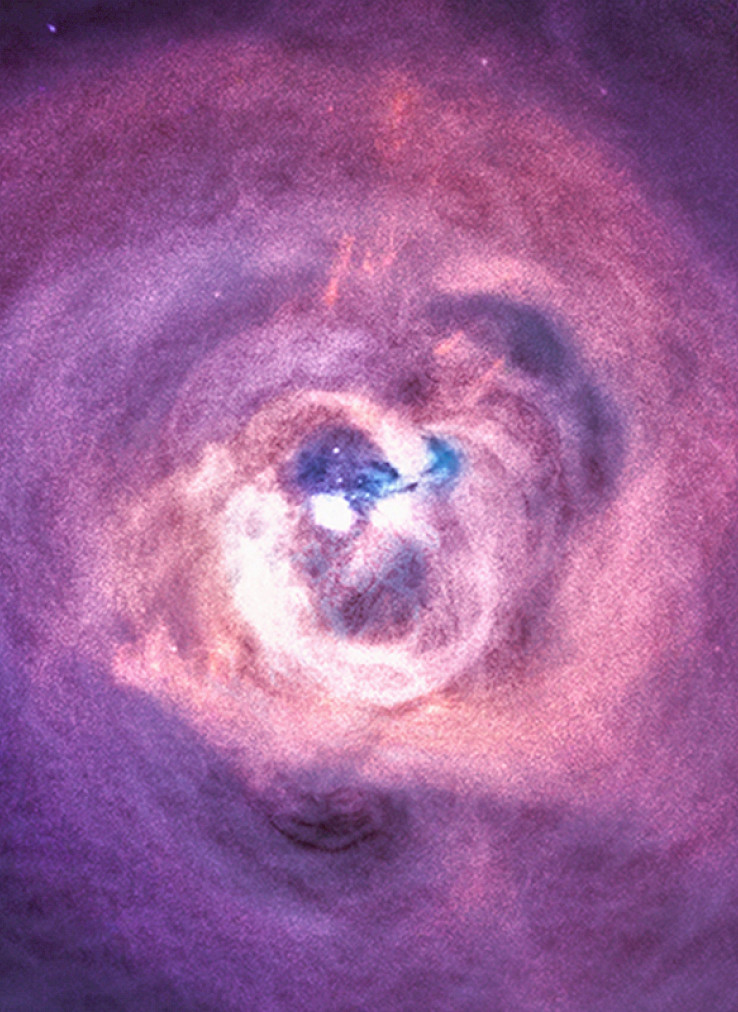I want to initiate this text by departing from W.J.T. Mitchell’s fundamental question, fundamental to the Visual Trust project: “The question for us now would seem to be not just, what is an image? but, how do we transform images, and the imagination that produces them, into powers worthy of trust and respect?” (Mitchell, 1984). Thus, it is not only crucial to focus on what is an image but also to focus on the iconic path that an ‘image’ follows which is instigated by the holistic interaction between the chains of trust and the territories that the image displays its being with a non-capital ‘b’ in the Heideggerian sense as a picture.
The central focus of this text is to reveal how the Yin-Yang ‘image’ has migrated from being associated with magic, mystery and metaphysics to a scientific territory which in the epistemology of empiricism is considered as having the powers of trust and respect with reference to its objective nature. Can the Yin-Yang image as a disembodied, phantasmatic idea and as an immaterial appearance arrive in a home where it takes up residence as a concrete physical body of a picture? (Mitchell, 2015) Can its spirit as an image be incarnated to the picture of a quantum entanglement experiment?
Let’s start from the beginning, though. Scientists Danilo Zia, Nazanin Dehghan, Alessio D’Errico, Fabio Sciarrino and Ebrahim Karimi published an article named as “Interferometric imaging of amplitude and phase of spatial biphoton” states in Nature Photonics (2023). In the article, the scientists used a technique called biphoton digital holography to visualize two entangled light particles in real time as an experiment of quantum entanglement. According to Quantum Entanglement physics theory, every particle has its own wave/state function and if the particles are coming from the same origin (say from the same laser source or from the same Helium atom) then they are entangled. Entanglement here signifies that those particles are united forever and always behave together. Therefore, a change to one causes a change in the other, no matter how far apart they are. In the experiment, to prove that the two particles are entangled, the physicists needed to find its wavefunction, which is the description of its state existing in a superposition of all the possible physical values a photon can take. In order to do that the scientists applied the methodology of biphoton digital holography to encode information from higher dimensions into manageable, lower-dimensional chunks. The experiment goes as this: The physicists ran one beam through a liquid crystal material known as β-barium borate (BBO) and split the entangled photons up triggering millions of entangled photons. The experiment, actually, involved capturing a single image of two photon sources sending millions of entangled photons. This image is the distribution of millions of the photons (dots) as they go through two different phase filters. The camera is able to simultaneously capture the images of these entangled photons, showing that they'd both shifted the same way despite being split. In other words, they were entangled. The hologram image is created from the pattern of two light interference, one from the object and the other directly from the same source and the image is formed by the troughs of the two light waves add up or cancel each other out. The physicists used a similar method to capture the image of two entangled photon states through the interference pattern created by two photon sources; one directly coming the entangled photon source and the other coming from the Yin-Yang filter, signifying that the scientists choose the Yin-Yang image to be used as a filter. Thus, the coincidence image of interference is obtained between by a pump beam with the shape of Yin-Yang image and a reference state that is the state obtained by entangled photon states. Subsequently, the scientists intentionally encoded the Yin-Yang image in one of the beam shapes with the aim of indicating that these images could be transmitted across entangled particles.
In this experiment, the chosen Yin-Yang image could be considered as a philosophical metapicture, in the Mitchellian sense, providing a model of the nature of knowledge describing opposite but interconnected, mutually perpetuating forces which is migrated to a quantum physics territory. It can also be considered as a pictorial image meditating between the word and the thing in the “epistemology of empiricism” (Mitchell, 2015). Therefore, the migration of the Yin-Yang image to quantum physics territory as a picture assigns the metapicture of Yin-Yang to be materially realized as an exemplar of “seeing as” which is gone through the process of ‘making of’ by the scientists and landed on the territory of quantum physics as a “new location” that it becomes the picture of the quantum entanglement.
What do you think about the Yin-Yang image to become a picture of a Quantum Entanglement Theory? Do you think the migration of the Yin-Yang image to the scientific territory carries the powers worthy of trust and respect? Concludingly, do you think the Yin-Yang image belongs to a specific territory or is it just an eternal migrant searching for a new territory to become a picture and find a home for itself?
Image note: Reconstruction of the image showing amplitude and phase distribution of the entangled photons. The reconstruction is managed by colour coding of the amplitude by specifically coding the maximum (1) as blue and minimum (0) as green colour (Zia et al., 2023).
References:
Mitchell, W. J. T. (1984). What Is an Image? New Literary History, 15(3), 503–537. https://doi.org/10.2307/468718
Mitchell, W. J. T. (2015). Image Science: Iconology, Visual Culture, and Media Aesthetics. University of Chicago Press. https://press.uchicago.edu/ucp/books/book/chicago/I/bo20083626.html
Zia, D., Dehghan, N., D’Errico, A., Sciarrino, F., & Karimi, E. (2023). Interferometric imaging of amplitude and phase of spatial biphoton states. Nature Photonics, 17(11), Article 11. https://doi.org/10.1038/s41566-023-01272-3
Back to the list








